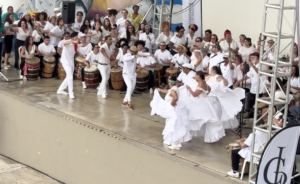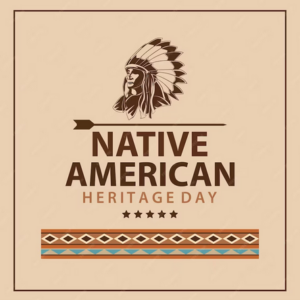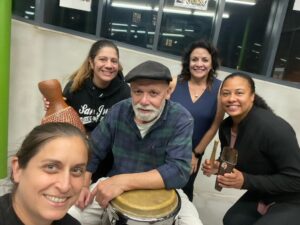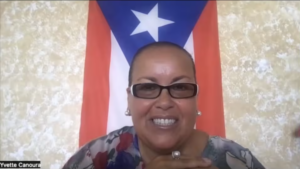 by Francisco G. Gómez
by Francisco G. Gómez
Fifty two years is a long time by any measure. I still remember when my grandfather would demand that I sit down and listen to what he had to say before playing a song on his tres. The tres is a guitar like instrument from the island of Cuba. Initially, I found it rather tedious and boring at the very young age of five. It was weeks before he would even let me touch the instrument. I have to say that it was my grandfather’s demanding and hard nosed demeanor that instilled in me a love of the tres, but more so, a passion for cuban music and caribbean culture.
I’ve been co-teaching Afro Cuban and Afro Puerto Rican folkloric dance and drumming for the last eleven months at a city facility in New Brunswick, N.J.; in that time I’ve seen many children and adults come through the dance studio. What my partner and I do has a niche appeal to a select few individuals interested in the culture of the Caribbean. To learn Orisha (forces of nature) dances, rumba, bomba, plena or any of these other art forms from the Caribbean requires study, dedication, perseverance and tenacity! Qualities that have been lost due to a lack of traditional maintenance and the modern get everything quick, then seal it with a diploma that says you are now certified to some level of proficiency.
A few months ago our folkloric ensemble did a workshop up in North Jersey at a yoga studio. There were about six or seven participants who took part in the workshop, including a Zumba instructor. After we taught the intro steps and structures of a dance system I devised, called Orishaerobics, the studio was pumped and the dancing was so intense and heated that students periodically had to go off to the side of the dance floor for a breather. The drums, chanting, peripheral instruments and African based dances are what call out to students; it presents a challenge physically, emotionally and spiritually, so unlike the canned and piped in music followed by steps and motions devised for cardio well being, a good thing in and of itself, but devoid of the essences of nature.
Even I am guilty of wanting to spruce up with a new name, Orishaerobics, a timeless practice based in nature and belonging to anyone who would have it. Yes, we attracted more students with the suffix; however, it didn’t last for long when these individuals realized, like most other people do, that there simply was more to this unknown thing called Orisha cultural tradition. As student attrition once again occurred, we decided on another wordy catch phrase, “cultural fusion dance”. It attracted more students, and I might add, some that have actually stayed and are regulars in our classes.
My partner and I sat back, took a long deep breath, and began to question the possible reasons for such disinterest in our art and craft on a long term basis . We began to ponder on the realization that taboos and a bad rap follows Ochá, Santería in Cuba and the diaspora. These thoughts became more concrete as some would be students inquired about the dance classes, and as soon as we mentioned the Orishas, the barriers were raised and we never saw them again. Ignorance is bliss when it’s attached to misunderstood concepts, but more so to religious bias based on supposed evil and the devil.
Getting back to the certification thing, we reflected on all the comments made about method and conferring a credential on people to make them bona fide. Little do most people know what is required by the United States Patent office in order to make an invention yours, much less a system of dance based in nature.
We finally came to the conclusion that most people aren’t artistically endowed with the gift of dance. By and large, the common individual must work through and practice in order to achieve an acceptable level of proficiency in Orisha artistic performance. More importantly is the sense of well being derived after a dance session and increased understanding of movement created by Ashé (the power to make things happen.) Ashé doesn’t happen overnight, nor does it happen with a few dance classes; it takes time and development! It’s tapping into that inner sacred place we all possess and harnessing the power that awaits.
My grandfather always said that it wasn’t difficult to play the tres, but he did say it was difficult to play it well if you didn’t understand the essence of the history and culture of the instrument. What he was really saying was, teaching that truth to me was a way of maintaining and perpetuating it. Fifty two years is a long time, but I’ve known for many years now, exactly what he was trying to say.



